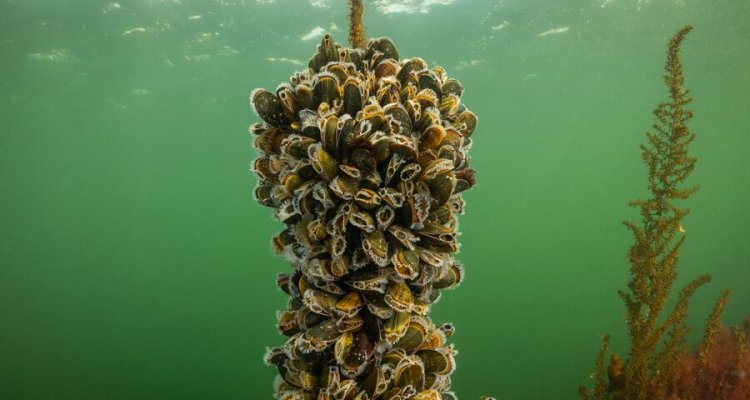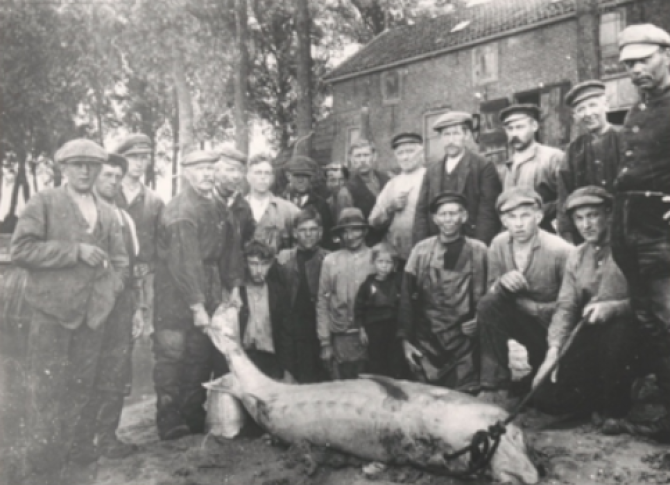
Ecosystem conservation
In the end, all work that is being done at Marine Animal Ecology is towards a better conservation of marine ecosystems. Well-preserved ecosystems will hopefully have increased resistance and resilience for climate change. Some specific examples where Marine Animal Ecology is working towards ecosystem conservation include the following projects.
Reintroducing European sturgeon
The European sturgeon, a living fossil growing up to 5 meters is on the brink of extinction in the wild. Reintroduction efforts are on the way in introducing this species in Europe's rivers, including the Rhine. This project will tag sturgeons and track their outmigration routes. Furthermore, the cooperation potential of commercial fishermen will be assessed.
